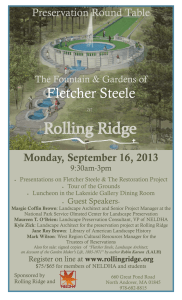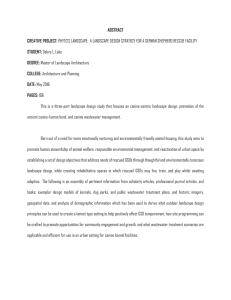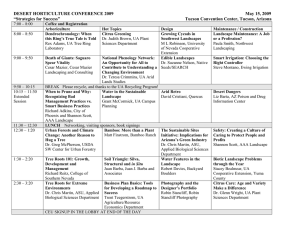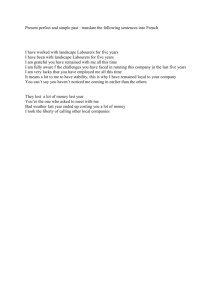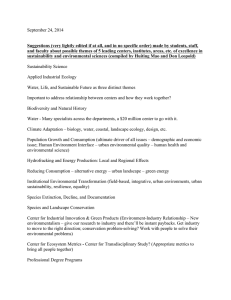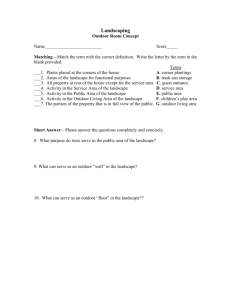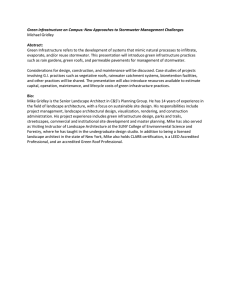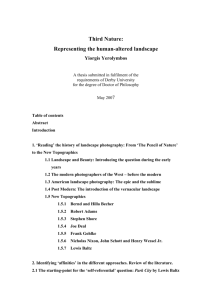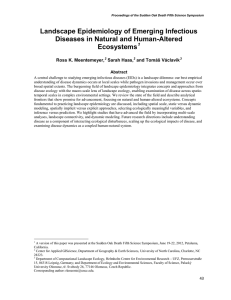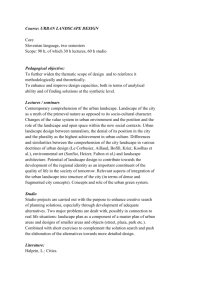Preservation by way of development: the cultural heritage paradox
advertisement
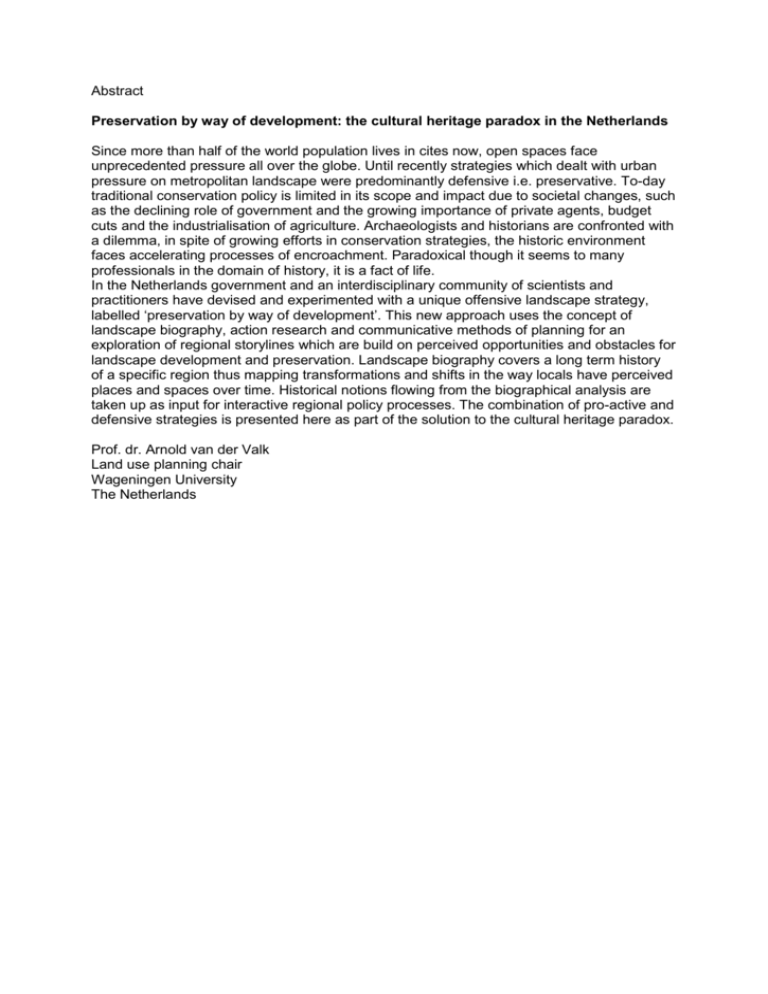
Abstract Preservation by way of development: the cultural heritage paradox in the Netherlands Since more than half of the world population lives in cites now, open spaces face unprecedented pressure all over the globe. Until recently strategies which dealt with urban pressure on metropolitan landscape were predominantly defensive i.e. preservative. To-day traditional conservation policy is limited in its scope and impact due to societal changes, such as the declining role of government and the growing importance of private agents, budget cuts and the industrialisation of agriculture. Archaeologists and historians are confronted with a dilemma, in spite of growing efforts in conservation strategies, the historic environment faces accelerating processes of encroachment. Paradoxical though it seems to many professionals in the domain of history, it is a fact of life. In the Netherlands government and an interdisciplinary community of scientists and practitioners have devised and experimented with a unique offensive landscape strategy, labelled ‘preservation by way of development’. This new approach uses the concept of landscape biography, action research and communicative methods of planning for an exploration of regional storylines which are build on perceived opportunities and obstacles for landscape development and preservation. Landscape biography covers a long term history of a specific region thus mapping transformations and shifts in the way locals have perceived places and spaces over time. Historical notions flowing from the biographical analysis are taken up as input for interactive regional policy processes. The combination of pro-active and defensive strategies is presented here as part of the solution to the cultural heritage paradox. Prof. dr. Arnold van der Valk Land use planning chair Wageningen University The Netherlands


